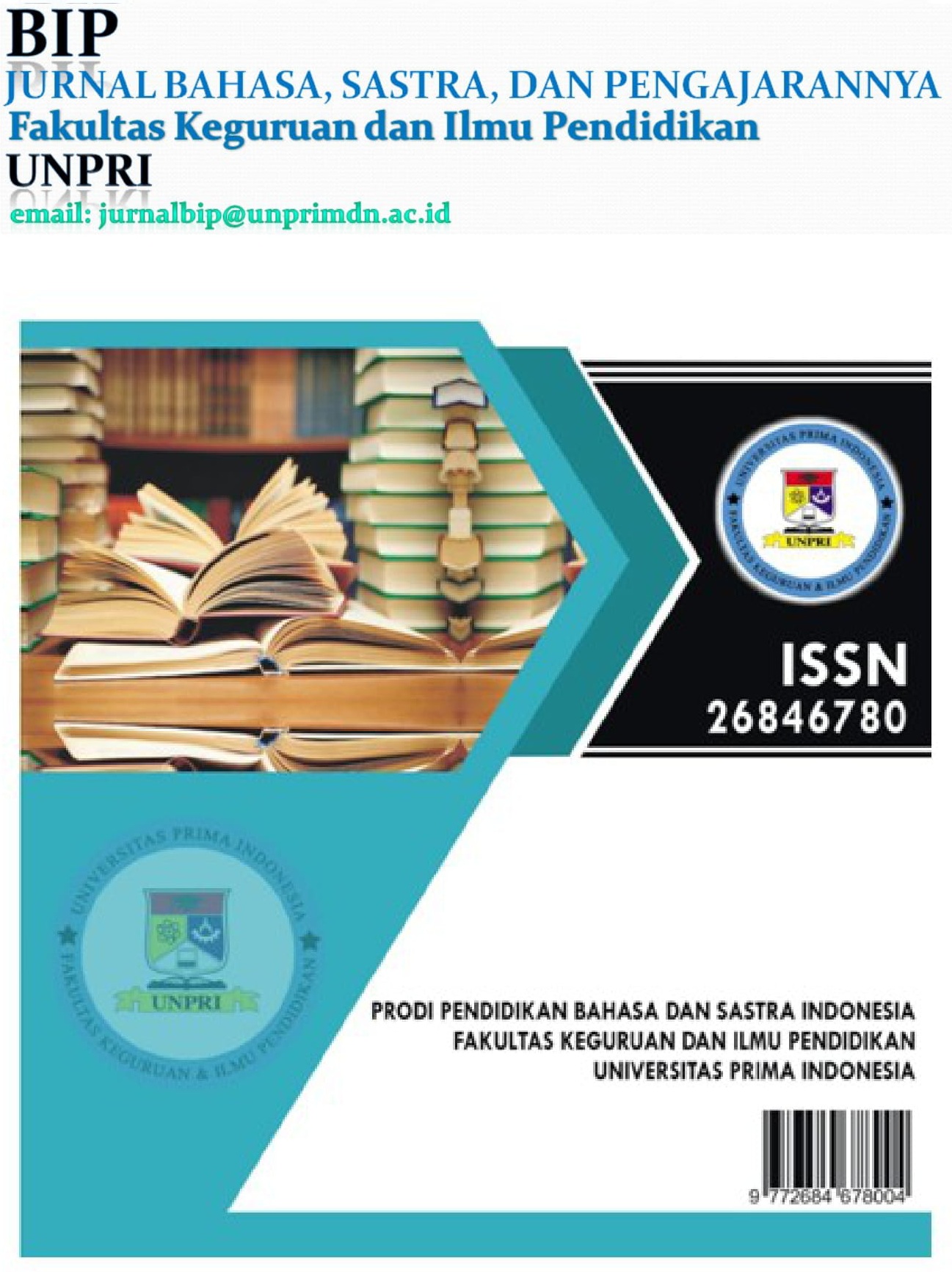Implementation of Inclusive Learning Through Letter and Reading Recognition: A Case Study at SDN Wonokusumo IV/43 via YouTube
##plugins.themes.academic_pro.article.main##
Abstract
This study examines inclusive learning practices by introducing writing and reading activities using YouTube video media in inclusive classes at SDN Wonokusumo IV/43. utilizing YouTube video media in inclusive classrooms at SDN Wonokusumo IV/43 Surabaya. The approach used is descriptive qualitative with a focus on teaching methods, interactions between teachers and students, and the impact of learning on students with special needs. Learning impact on students with special needs (ABK). YouTube video media used in learning is designed interactively with a learning-through-play approach, combining visual and auditory elements. The learning-through-play approach combines visual and auditory elements. Results The results showed that using videos as learning media increased learning motivation, active participation, and understanding of the material, especially for students with disabilities. In addition, this approach helped create an inclusive and adaptive learning environment for students with diverse needs. Diverse student needs. This finding confirms educational technology's important role in supporting effective, enjoyable learning and embracing diversity.
##plugins.themes.academic_pro.article.details##

This work is licensed under a Creative Commons Attribution-ShareAlike 4.0 International License.
References
- Aeny, A. N., Rahmadhani, L. W., Azzahra, S. M., & Santoso, G. (2022). Analisis dan Evaluasi : Program Pendidikan Inklusi Melalui Sekolah Dasar Jurnal Pendidikan Transformatif ( Jupetra ). 01(03), 118–126.
- Anggito, A., & Setiawan, J. (2018). Metodologi penelitian kualitatif. CV Jejak (Jejak Publisher).
- Astarani, K., Tabita, A., Zeofanny, C., Pawestri, D. M., & Puspitasari, D. A. (2024). Peningkatan Kreativitas Anak Berkebutuhan Khusus Melalui Hasta Karya dari Sapu Tangan. 3(2), 247–258.
- Muttaqien, P. I., Magister, S., & Negara, A. (2020). IMPLEMENTASI PENDIDIKAN INKLUSIF DI KOTA TASIKMALAYA ( STUDI KASUS : SDN GUNUNG LIPUNG 4 KOTA TASIKMALAYA ). 30(1), 28–38.
- Nugroho, W. S. (2021). MELALUI PROGRAM IDENTIFIKASI DAN ASESMEN. 2(1).
- Nurfadhillah, S., Syariah, E. N., Mahromiyati, M., & Nurkamilah, S. (2021). Analisis Karakteristik Anak Berkebetuhan Khusus (Autisme) di Sekolah Inklusi SDN 3 Cipondoh. Jurnal Pendidikan dan Sains, 3, 459–465.
- Reynard, D., Susanto, J. B., Tirtamurti, L. M., & Malelak, M. I. (2024). Digital literacy canva terhadap anak berkebutuhan khusus. 5(225), 220–231. https://doi.org/10.33474/jp2m.v5i2.21638
- Samosir, F. T., Pitasari, D. N., & Bengkulu, U. (2019). Media ( Study at the Faculty of Social and Political. 4(2), 81–91.
- Satwika, Y. W., Khoirunnisa, R. N., Laksmiwati, H., & Jannah, M. (2019). Efektivitas
- Pelatihan Identifikasi Anak Berkebutuhan Khusus pada Guru Sekolah Inklusi. PSIKOSAINS (Jurnal Penelitian dan Pemikiran Psikologi), 13(2), 109-121.
- Sma, D. I., & Surabaya, M. (2022). No Title. 02(06), 14–24.
- Styles, P., & Education, A. (2024). Beyond the Classroom: A Comprehensive Analysis of Teacher Personality Competence, Parenting Styles, and Their Joint Influence on the Character Formation in Junior High School Education 156 Indonesian Journal on Learning and Advanced Education. 6(2020), 156–169. https://doi.org/10.23917/ijolae.v6i2.23142
- Suradika, A., & Gunadi, A. A. (n.d.). Penggunaan Youtube sebagai Media Pembelajaran Jarak Jauh pada Kelas III Sekolah Dasar Islam An - Nizomiyah.
- UNESCO. (2017). A Guide for Ensuring Inclusion and Equity in Education. Paris: UNESCO Publishing.

